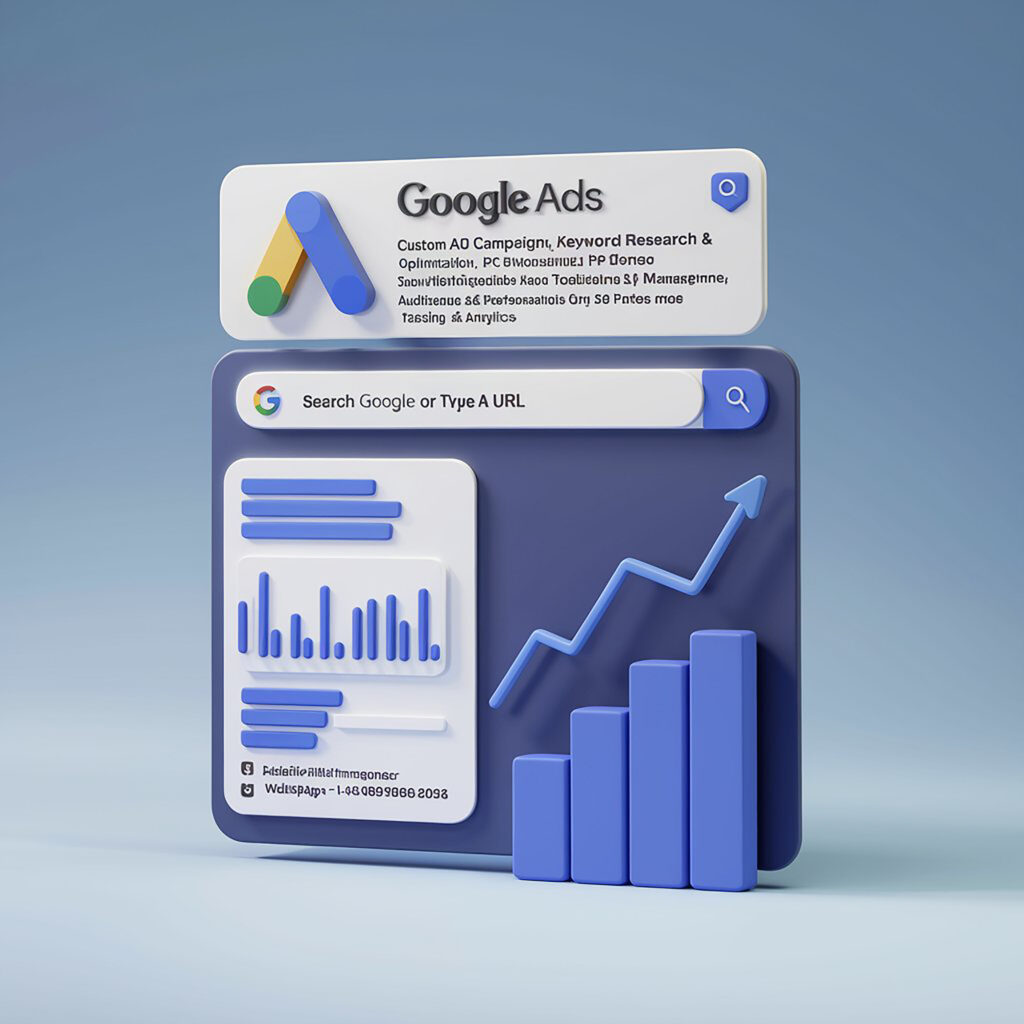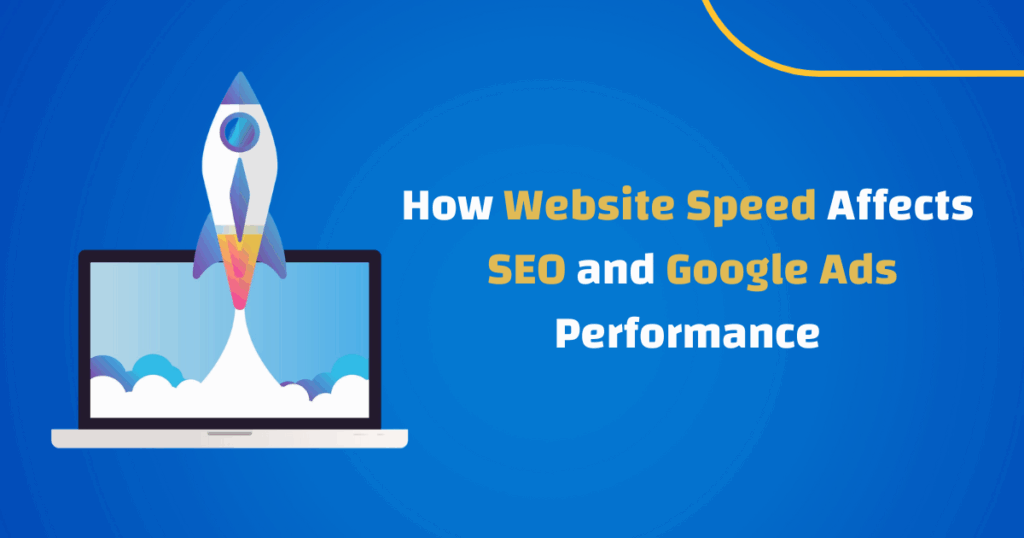Table of Contents
In the fast-paced world we live in, speed is no longer a luxury, but an absolute necessity! Grabbing your customers’ attention is becoming more and more challenging; every second, you can either lose your customers or get new customers.
Studies show that a one-second delay in page load time can lead to 11% fewer page views, a 16% decrease in customer satisfaction, and a 7% loss in conversions.
We all know how important website speed is, but if you’re investing a lot of time and adjusting your website SEO and spending so much money on Google Ads without getting satisfying results, then you must revisit your website speed!
But wait a minute! What is a good website speed? A “good” website speed varies depending on the type of website, target users, and industries. The average website loading time takes 2.5 seconds on the desktop and 8.6 seconds on mobile, but studies show that loading times between 0 and 4 seconds are best to drive more conversions.
Before we get into the tips and tricks that will help you speed up your website, let’s dig deeper into the effect of page speed on SEO and how it impacts Google Ads. Let’s get started!
Effect Of Website Speed On SEO

In the world of SEO, businesses are fighting to win over their competitors and appear higher in the search engine result pages (SERPs), but why does it matter for the search engines to begin with?
Well, simply, search engines are always updating their algorithms to ensure their users get the best possible experience. Website speed became crucial for website ranking across several search engines, including Google. This means that fast-loading websites are more likely to rank higher in search engine result pages.
In June 2021, Google updated its page experience and introduced new metrics called Core Web Vitals, These metrics focus on factors affecting user experience, such as loading speed, interactivity, largest contentful paint (LCP), and First Input Delay (FID). LCP measures the time it takes for the largest element on a web page to become visible to the user. According to Google, a good LCP should take less than 2.5 seconds to load.
FID measures the time it takes for a user to interact with a page and the browser’s response to the interaction. Google recommends keeping FID under 100 milliseconds for optimal user experience. A high FID means that your website is unresponsive, which makes users perceive your website as slow and unengaging.
Don’t worry! We’ll tell you later on how to measure your current loading speed, and we’ll give you tips to maximize it.
Core Web Vitals are important for SEO as they affect the user experience on your website, which affects search engine ranking.
There are many plugins that you can use to help you improve your website’s Core Web Vitals scores on Google, such as Jetpack Boost, Lighthouse, and WP Optimize.
When it comes to paid ads, those strict guidelines that Google sets for SEO are not any different from those of Google Ads. Let’s talk about the effect of page speed on Google Ads in more detail.
How Does Website Speed Affect Google Ads?

Website speed is no longer a luxury! If your website is slow, then it will significantly affect Google Ads performance and decrease your conversion rate. Google Ads uses a metric called quality score to evaluate the quality and relevance of the ads and the landing pages. The quality score determines the ad rank and cost per click (CPC).
But how does your website’s speed affect your quality score? Quality score is affected by several factors, such as CTR, ad relevance, and most importantly, website speed. Page speed is vital to the user experience as it affects user behavior and satisfaction. A fast-loading page provides a better user experience, which decreases your website’s bounce rate and increases engagement with your content. When evaluating your ad’s quality score, Google prioritizes fast-loading pages and gives them a higher quality score, which results in a lower CPC, better ad positioning, and increases your ad visibility.
So, if you want to maximize the effectiveness of your Google Ads campaigns, ensure that your website loads fast and provides a positive user experience.
Optimizing Your Website Speed:
Step 1:Measuring Your Current Website Speed
Before making any changes to your website, you first measure your loading speed. Measuring your current website speed will help you optimize your website performance and be able to compare the results of any changes that you apply to your website.
There are many free tools that you can use to measure your website speed, such as Google PageSpeed Insights, which is provided by Google. This tool analyzes the website and generates suggestions that can make your page faster.
We advise you to test your website from different devices and browsers, as this will help you find how your website is performing across different environments and which ones need optimization. After testing, it’s time to start optimizing your website to make it faster.
Step 2: How To Speed Up Your Website?

- Start by optimizing images, most of the time images take the longest to load on a site as they are larger in size than HTML and CSS files. The image loading time can be lowered by reducing its resolution and dimension and also compressing the images, you can use formats like WebP which compresses images better than JPEG and PNG. There are many free plugins that you can use to compress image size such as WP smack or EWWW Image Optimizer.
- Decreasing the number of HTTP requests will help you a lot in decreasing your website loading speed. When a browser loads a site it sends HTTP requests for each element on the page to load such as images, CSS files and scripts. Each request requires a trip back and forth to the server which increases the loading speed. so, reducing the number of elements on each page to minimize the number of HTTP requests. WP Rocket is a plugin that can help you reduce HTTP requests.
- Try removing unnecessary render-blocking JavaScript that might slow down your loading speed. Many web pages might have a code that loads before more important elements of a page, which will slow down its loading speed. Business owners can easily identify unnecessary codes on low performing web pages by using a web performance tool such as WP engine.
- Don’t forget to limit the use of external scripts, scripted website elements that load from external sources, such as CTA buttons, CMS plugins, or pop-ups, which load each time a page loads resulting in a lower loading speed.
- Minify CSS and Javascript files, by removing unnecessary characters, comments and whitespace. This simply means removing anything that the computer doesn’t need in order to understand and run a code. This will help you make CSS and JavaScript files smaller which will result in faster loading.
For more website-building articles:
Website Personalization: what it is and how it can benefit
How to Use CTA Buttons to Increase Your Website Conversions
Mastering Color Psychology for Effective Website Design and Branding



